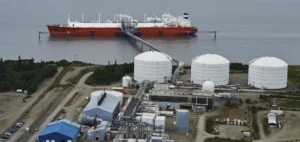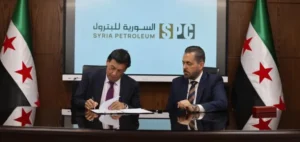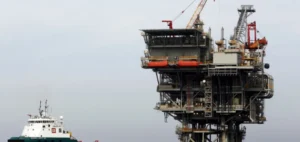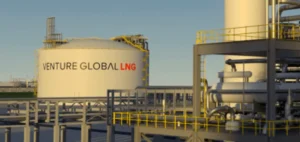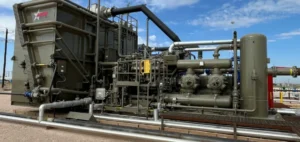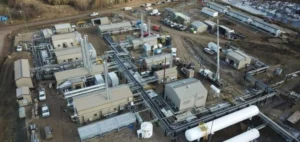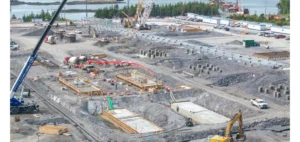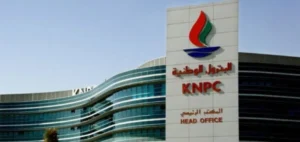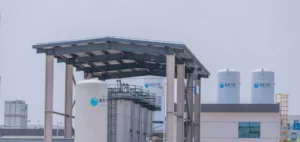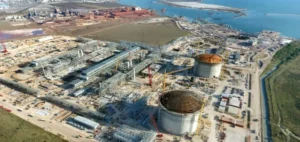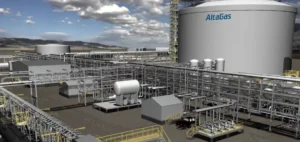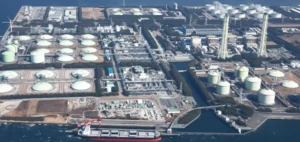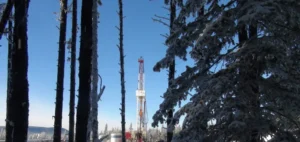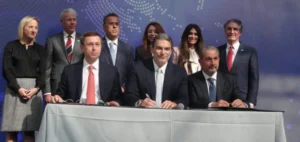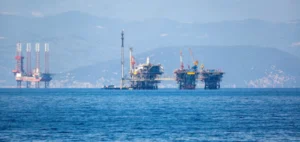Gazprom threatens to cut off Moldovagaz’s supply. The gas giant reduced gas supply to 5.7 million cubic meters per day in October. The Russian company claims that the transit through Sokhranika is blocked and that Moldovagaz is in debt.
Gazprom justifies gas restrictions
Gazprom announces the reduction of Moldovagaz supply, due to a unilateral Ukrainian refusal. The Ukrainian gas network operator GTSOU reported a case of force majeure. The difficulty was its ability to ensure the transit of Russian gas via Sokhraniva.
Gazprom was to supply 8.1 million cubic meters of gas per day to Moldovagaz under contract. The Russian company adds that Moldovagaz “regularly violated the terms of the regulation for gas supply”. The Russian company thus states:
“Due to a default on the Moldovan side, it was not possible to agree on an agreement to settle the historical debt for gas supplied in previous years. For this reason, Gazprom reserves the right to cut off the gas supply at any time”.
Moldova, a major importer of Russian gas
Moldova is a major importer of Russian gas with a volume of 3 billion cubic meters per year. The demand is divided between the territory on the right bank of the Dnieper and the separatist region of Transnistria. Consumption amounts to 1.2 billion and 2.1 billion cubic meters per year respectively.
Moldovagaz says it expects Gazprom to deliver a total of 250 million cubic meters in October. This represents an average of 8.1 million cubic meters per day. Thus, 170 million cubic meters would supply consumers on the left bank of the Dnieper.
The Ukrainian gas company says that the current supply of 5.7 million cubic meters per day would be sufficient until the beginning of the winter. Moldovagaz will get an additional 2.4 million cubic meters per day. The objective is to supply the heating installations, thanks to daily auctions.
Gas supply in Moldova under strain
Moldova is experiencing difficulties in meeting its debts to Gazprom due to soaring gas prices. The contract price, set by Russia, is adjusted according to the Dutch TTF. The rate of $450 per 1,000 cubic meters of gas per day in December increases to $1000 in 2022.
Moldovagaz and Gazprom agreed on an extension of their gas supply contract for another 5 years until September 2026. Before the signing of this contract, the Ukrainian gas company was experiencing a gas shortage. This shortage was the result of a last-minute contract extension by Gazprom.
Due to the lower supply in October, Moldovagaz conducted daily tenders. The Moldavian company turned in particular to European suppliers. Thus, the Ukrainian Naftogaz Ukrayinyy, the Polish PGNiG, DXT Commodities and Vitol supplied Moldova.




